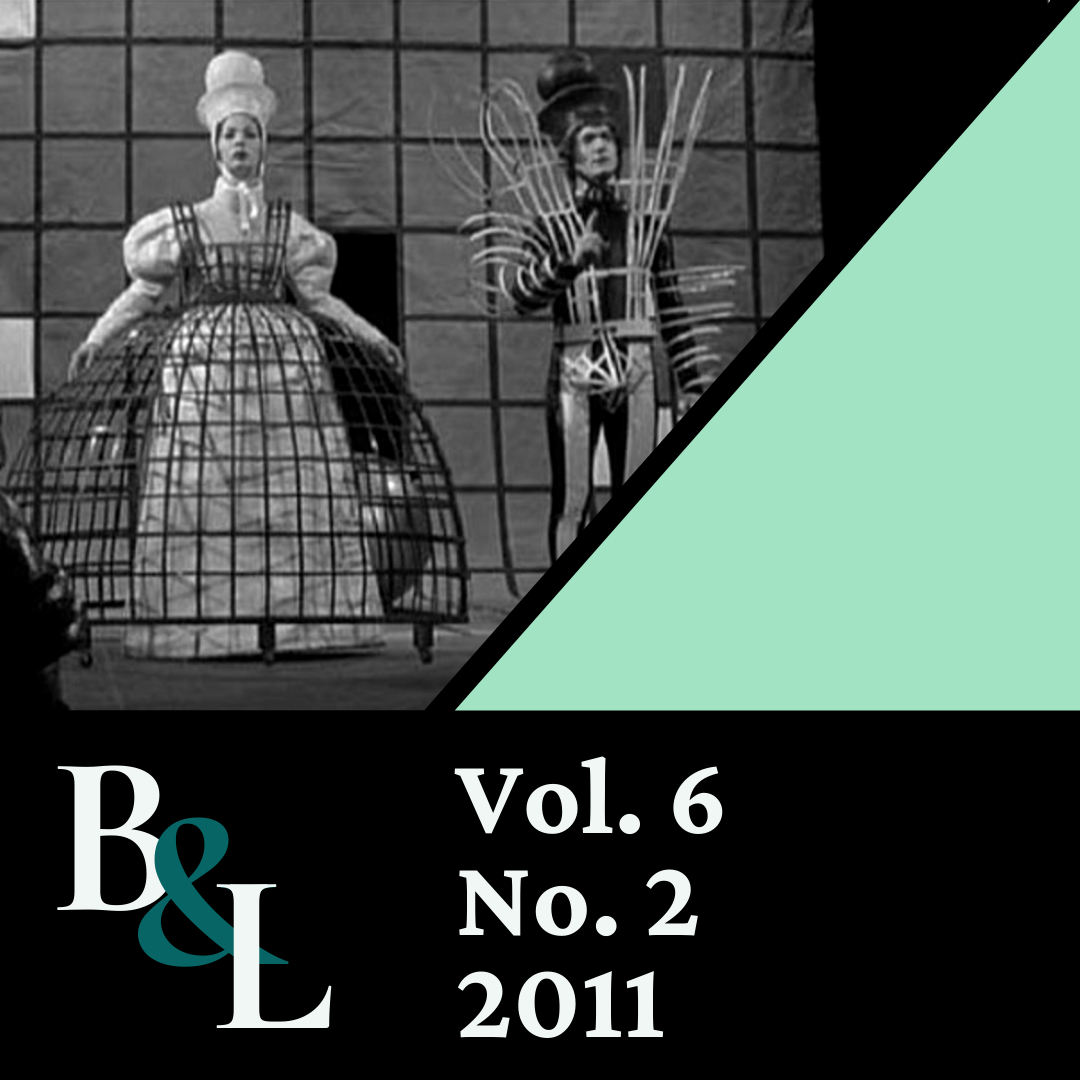Serial Shakespeare
Intermedial Performance and the Outrageous Fortunes of Slings & Arrows
Abstract
Whereas televising Shakespeare in Britain and the U.S. has most frequently taken the form of full performances or adaptations of individual plays, Canada's Slings & Arrows embraces the serial nature of television as a medium and deploys both sequencing and seasons to create a more extensive and sustained engagement with the problems of intermedial performance. The series embraces the distinctive qualities of theatrical production and theater's vicissitudes while itself conforming to the dual demands of episode form and series story arcs currently favored by hour-length cable television dramas. In the process, Slings & Arrows actively and continually tests the conditions of its own transference of Shakespeare from theater to television by juxtaposing theatrical ideals with televisual practices. The first season of Slings & Arrows engages Shakespeare on several levels: as "timeless" texts and as commercialized objects, as the province of the actors living the lines, and as a cultural space where several media — theatrical, televisual, and cinematic — can and do collide. While Season II initially attempts to characterize television as the medium of stilted vanity interviews and advertising hucksters, the season's growing emphasis on theatrical spontaneity and danger produces recurrent and self-conscious negotiations between the conflict-ridden immediacy that makes theater a potent experience for its audiences and the reiterable, manipulative fashioning of pace and image that empowers televisual performance. Season III takes on the doubled issues of a lead actor's imminent death from cancer and the theater's impending demise, with film, television, and musical theater as its overeager heirs. Demonstrating how remediation of Shakespeare, at its best, acknowledges and foregrounds relationships between performance media, Slings & Arrows explores the layered depths and performance fragments of filmed Shakespeare, pushes the boundaries of televisual representation and theatrical liveness, and responds to the challenges that various filmed media pose to the energy and survival of Shakespearean theater.


